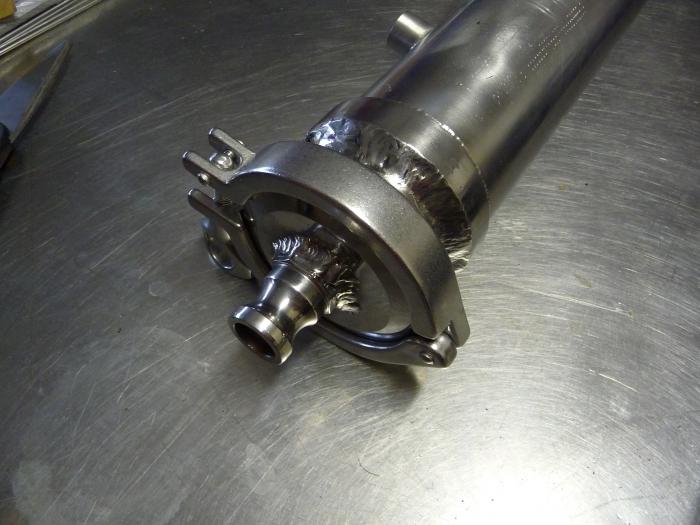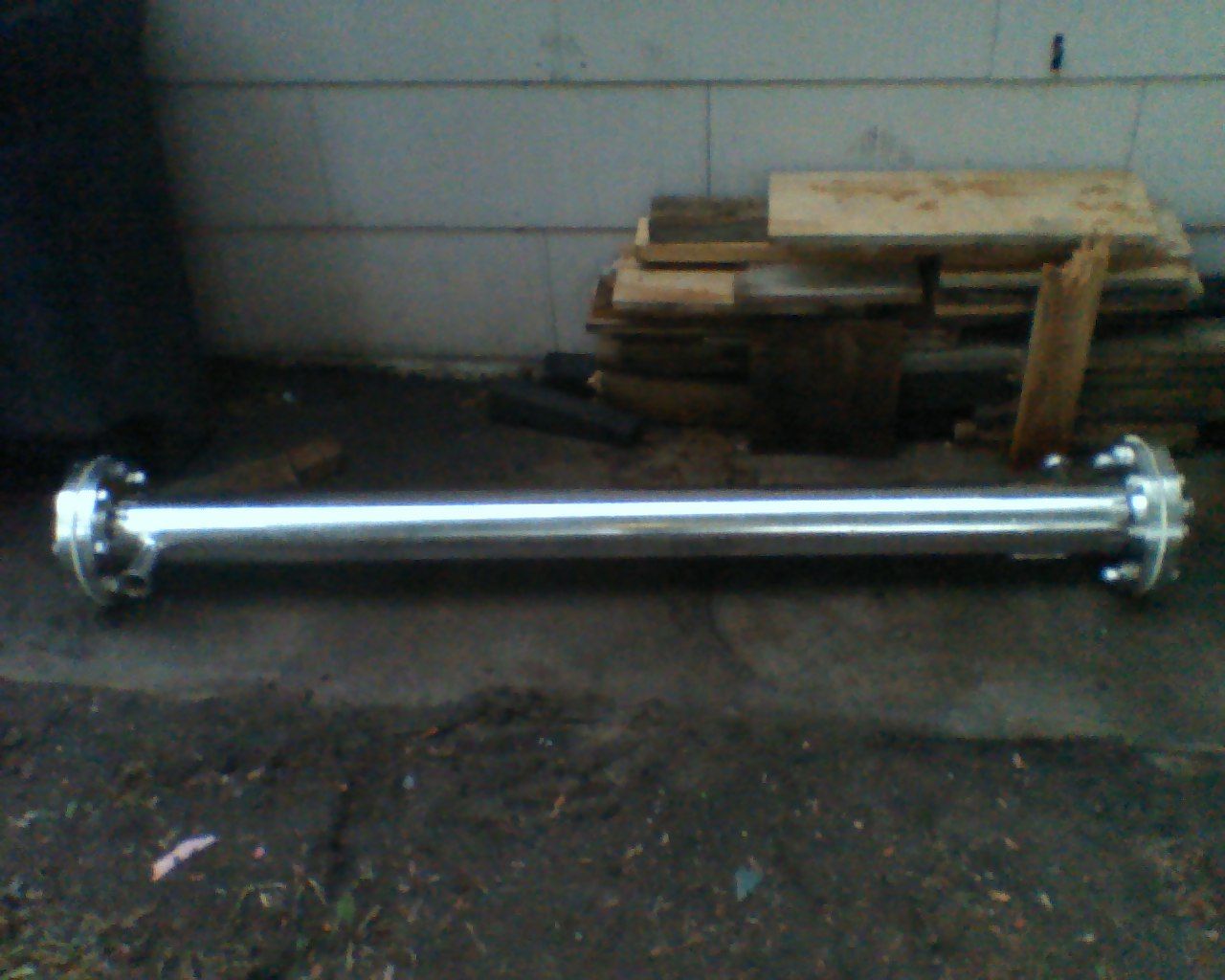ScubaSteve
Well-Known Member
- Joined
- May 21, 2007
- Messages
- 3,673
- Reaction score
- 91
So, after several years of brewing and using a whole myriad of different equipment...I have come to this project. It has been a long time coming, because it requires tools that are beyond the average DIY'er. However, I am not the average DIY'er.  Over the last few years, my interests have bounced between welding, machinery restoration, machining, etc. etc. So, now that I have the tools to make big things happen, I thought I would take some spare parts I had laying around, and make them useful.
Over the last few years, my interests have bounced between welding, machinery restoration, machining, etc. etc. So, now that I have the tools to make big things happen, I thought I would take some spare parts I had laying around, and make them useful.
I had a GEMS Sensors Liquid Level Indicator from about 3 years ago....an Ebay score. These have a magnetic float in the tube that makes the outside "flags" in the sight gauge go red or white based on the position of the magnet. Kept it because it's 316SS and I got it cheap. Plus, it was awesome! The end caps are a burly 3/4" of solid 316SS! And, not to mention, the tube itself is approx 1/8" thick. Doesn't sound like much until you pick it up...this thing was built for a special purpose, and I'm sure it wasn't cheap.





I had a GEMS Sensors Liquid Level Indicator from about 3 years ago....an Ebay score. These have a magnetic float in the tube that makes the outside "flags" in the sight gauge go red or white based on the position of the magnet. Kept it because it's 316SS and I got it cheap. Plus, it was awesome! The end caps are a burly 3/4" of solid 316SS! And, not to mention, the tube itself is approx 1/8" thick. Doesn't sound like much until you pick it up...this thing was built for a special purpose, and I'm sure it wasn't cheap.



























































